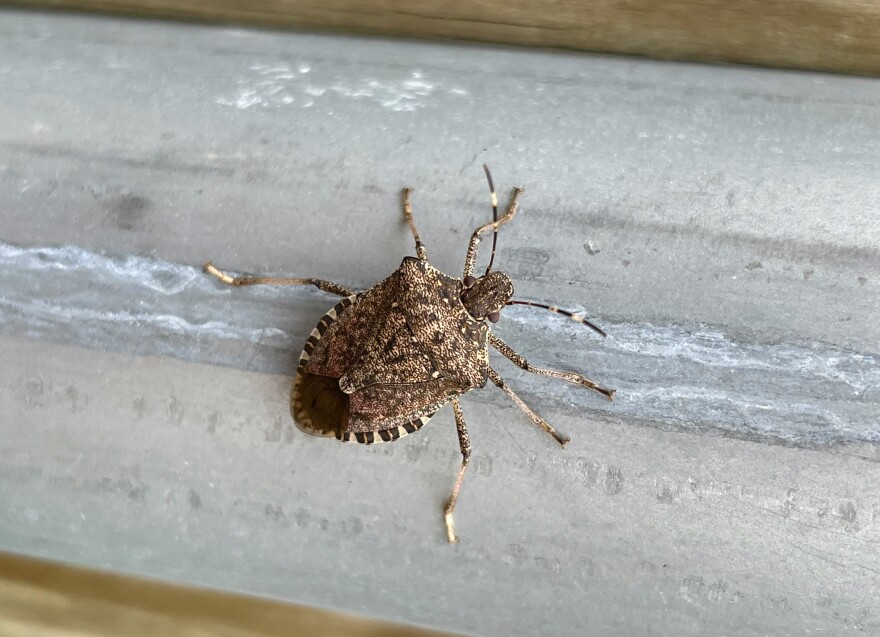This transcript was edited for clarity and length.
Bill Burton: It's time for us to take a look at the Science Behind the Forecast as I'm joined by WAVE 3 meteorologist Tawana Andrew. Good morning, Tawana.
Tawana Andrew: Good morning. Today's topic is tiny and smelly. That's the best way I can put it.
BB: Tiny and smelly. That's a good way to phrase it. This time of year, we have to worry about these critters coming into our homes. We're talking about stink bugs. What do we need to know about these stink bugs?
TA: First, the main stink bug that we see as a problem is the brown marmorated stink bug. And it's thought that these came to the US from Asia in the 1990s. While they started off on the East Coast, they now are present in about 38 states and Washington, D.C., according to the EPA. So they are spreading.
BB: Quickly, apparently.
TA: Thankfully, of course, we know that they're not very harmful to humans or our pets, but you don't ever want to squish them. And you don't want them to feel threatened, because then there's that smelly smell that smells smelly, and we don't really want to deal with that.
BB: That smelly smell that smells smelly. That's beautifully put.
TA: Thank you, thank you.
For anybody wondering why they have been out and about and maybe why you're not seeing them as much now that we're dealing with colder temperatures, and they're actually most active during warm weather, but as our temperatures start to fall during fall, they try to find a warm, safe place to hide for the colder months. So it's during September and October, that entomologists say that these bugs will move into more sheltered areas, usually trees or maybe even sheds, but sometimes also our attics, or if you're like me, your living room ceiling.
BB: Oh, lovely.
TA: They will do whatever they can to find a safe place to hide during the winter months. And once they actually find a comfortable site, they will release a pheromone different from the normal stink that will actually attract other stink bugs. So if there's one, most likely, at some point, there will be another.
BB: Hey, everybody, I found a great place. Come on down!
TA: They're too friendly.
Research has found that when hundreds of stink bugs were exposed to freezing or even sub-freezing temperatures for an extended amount of time, 95% of them died. Now we know why they want to come inside our houses, right? But it is important to note that these stink bugs originate in parts of Asia where the average winter temperature is near 20 degrees Fahrenheit. So they do know how to protect themselves. Just being exposed to the cold temperatures is very dangerous for them. Then once we get back into late spring and things start to warm up, that's when they'll head back out into the outside.
But here's the thing, though, one recent study found that a warming climate could increase the stink bugs habitat by 70%.
BB: Oh, joy.
TA: And it looks like it would be a northward shift into areas that would become a little bit more favorable for it. So that means the Mid-Atlantic would see more, the Great Lakes area, including Kentucky and Indiana, valleys in the West Coast, and even Idaho's Treasure Valley, are all areas most likely to be impacted. So yeah, the colder temperatures we're seeing now are going to put those stink bugs into kind of like a shutdown mode. But an overall warming climate means that we could be seeing more of them. In the long run.
BB: Nobody ever really wants to see stink bugs, but at least now we have a better understanding of why we see them once it gets really cold outside, thanks to this edition of Science Behind the Forecast with WAVE 3 meteorologist Tawana Andrew. Thanks for the knowledge, Tawana.
TA: Of course.






